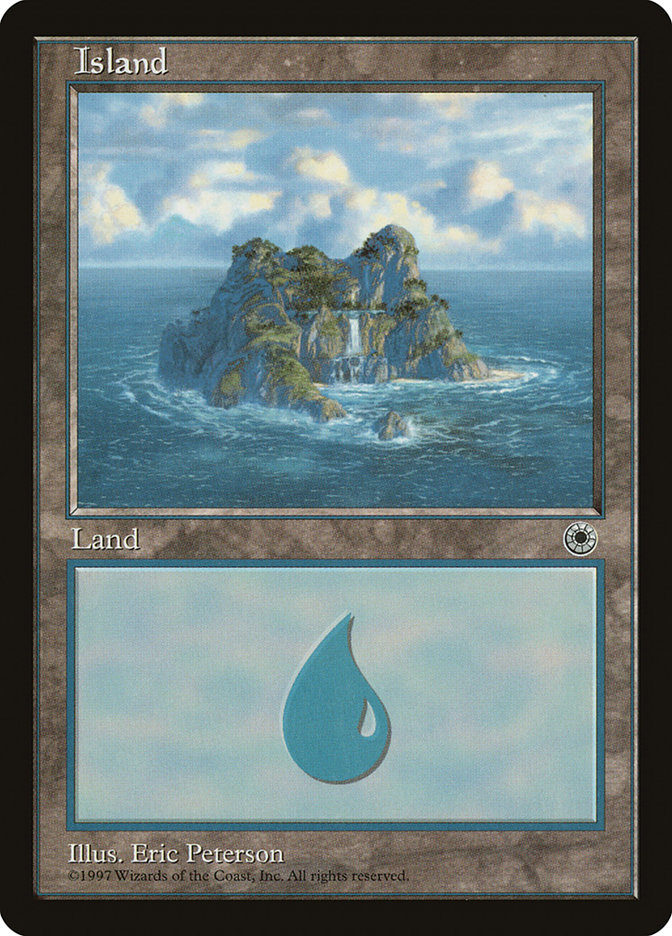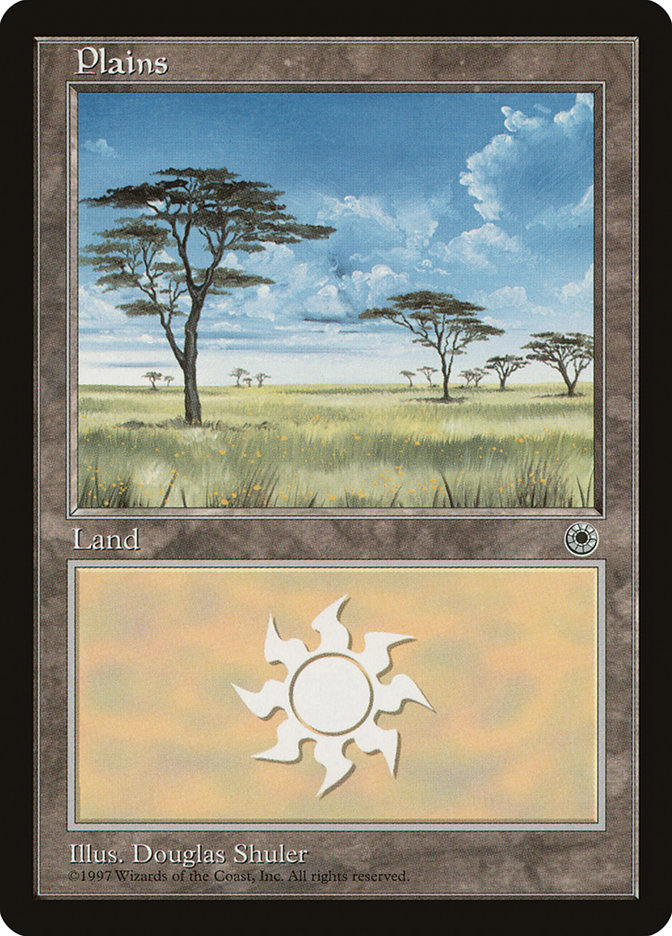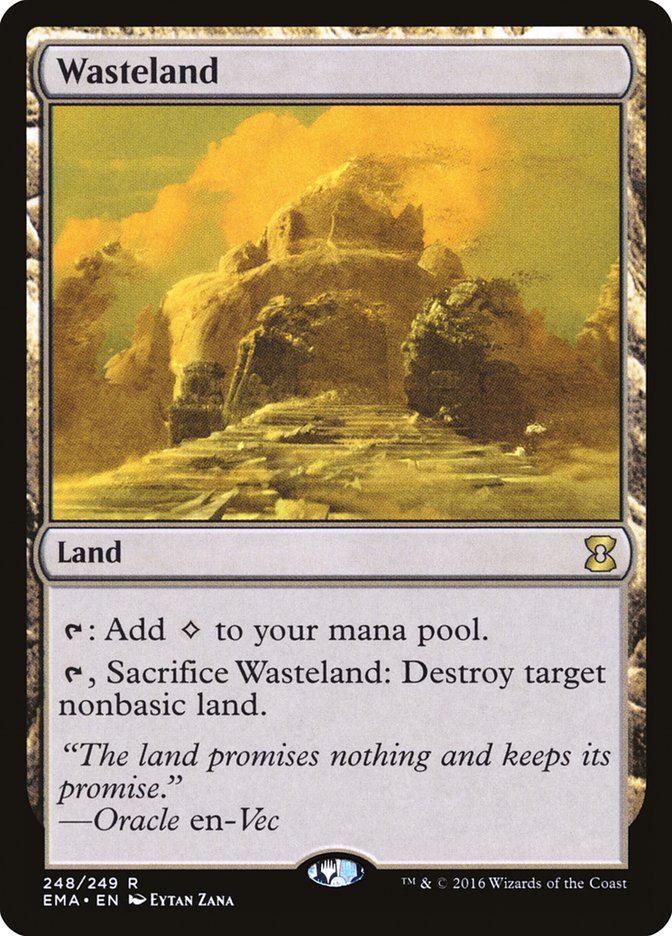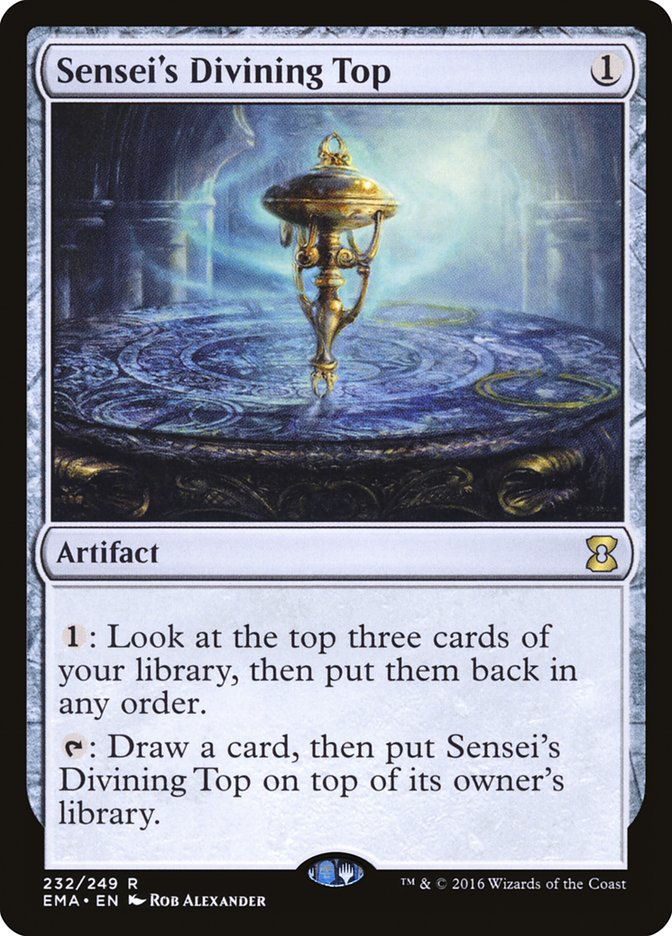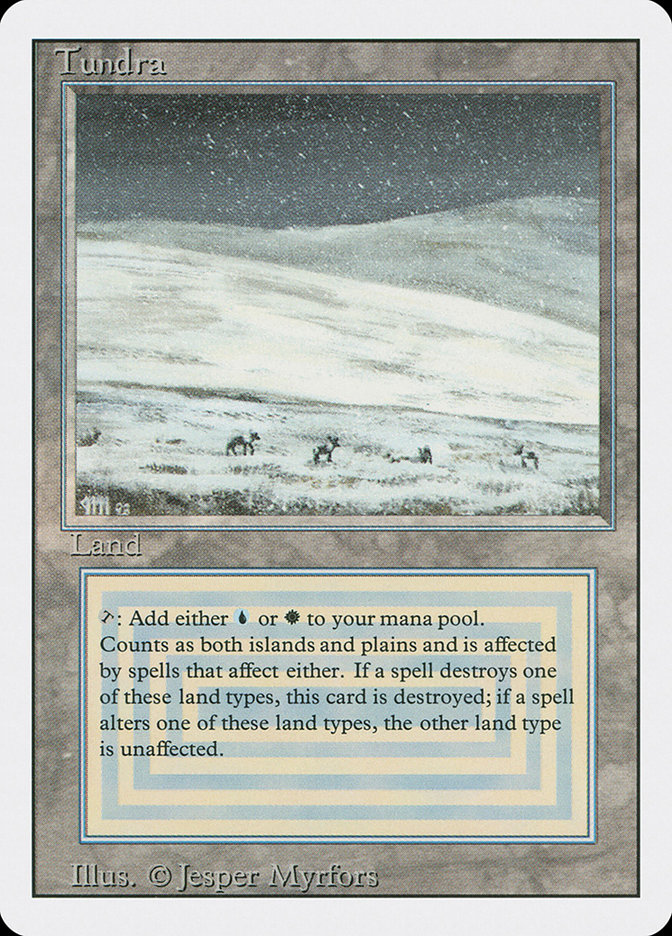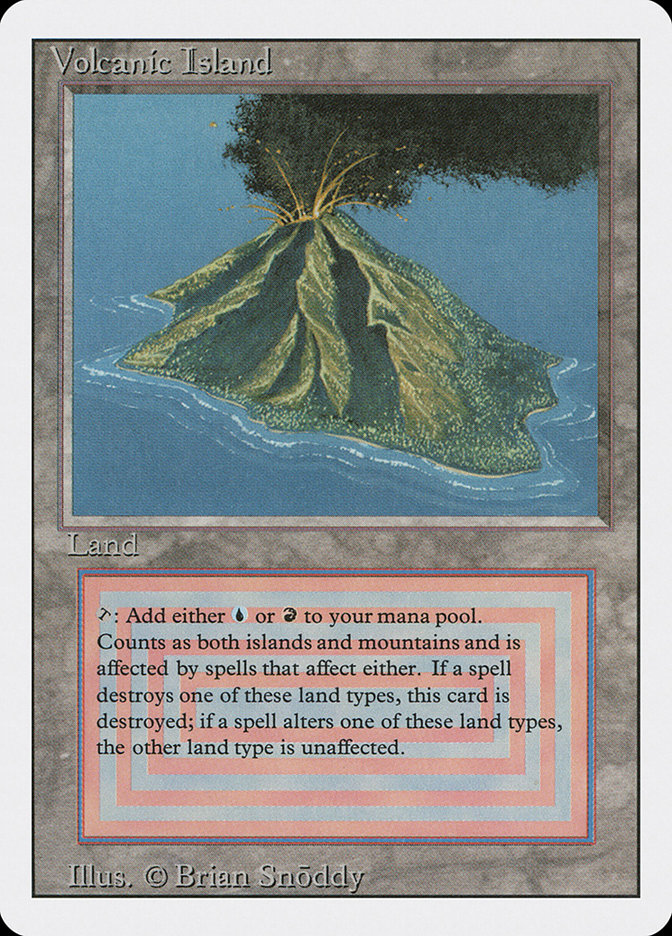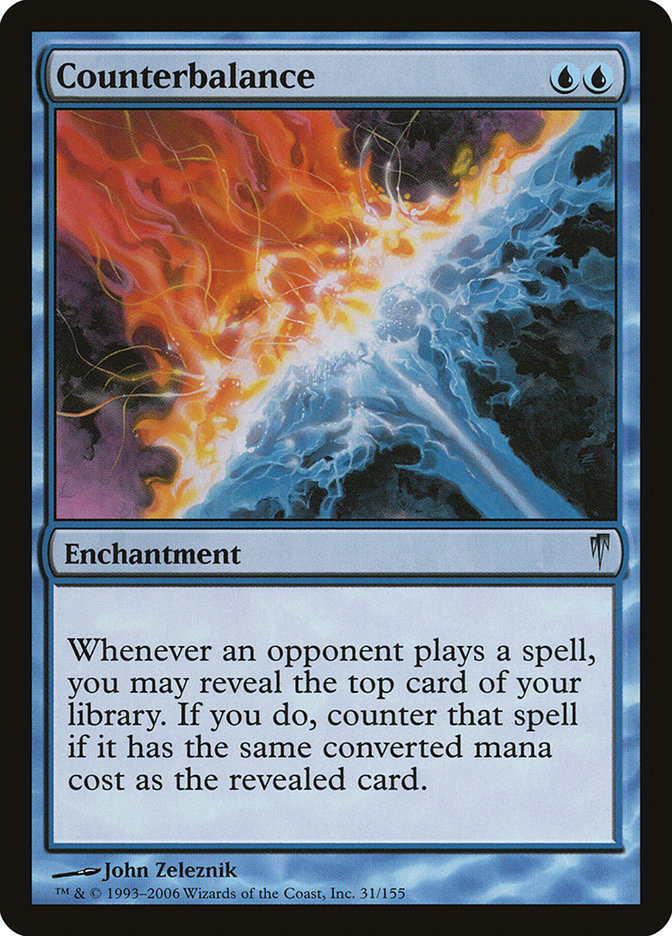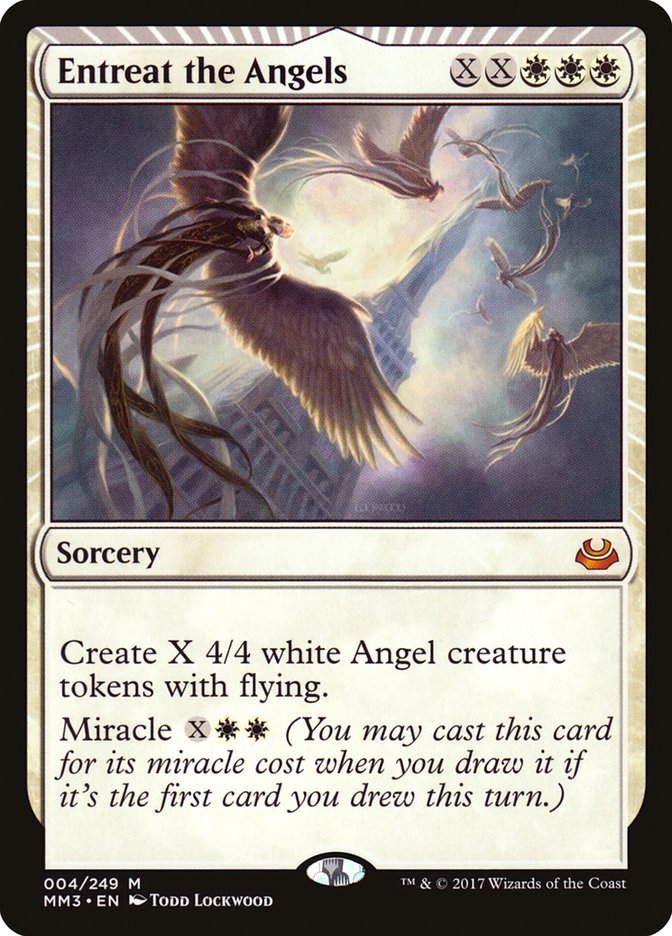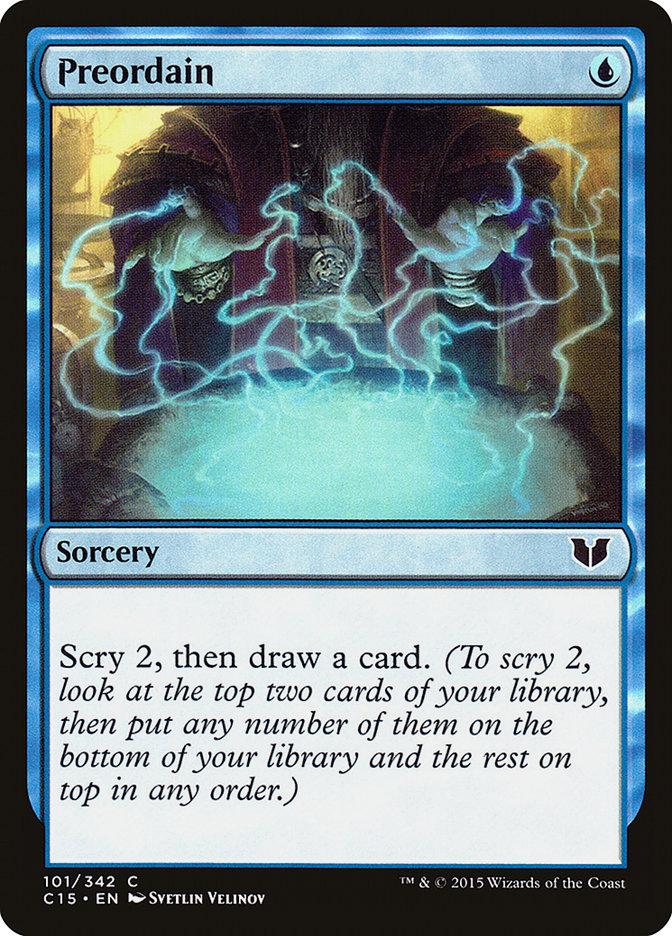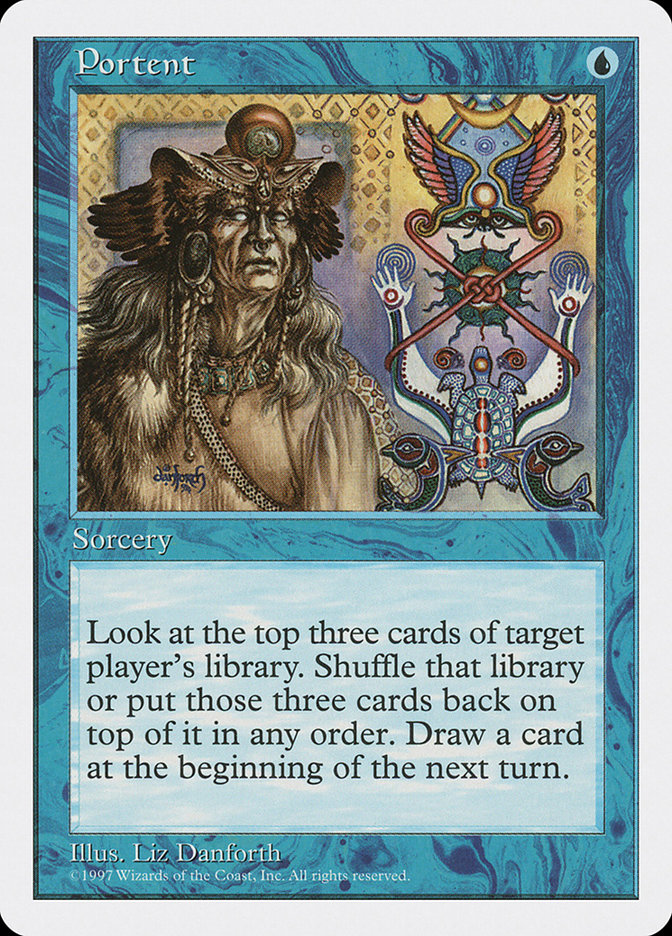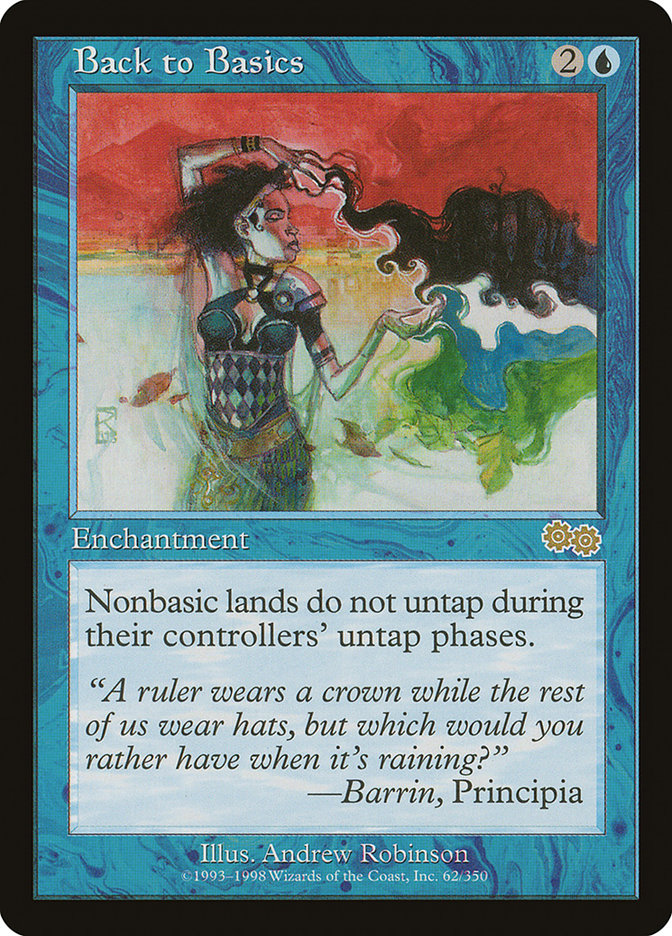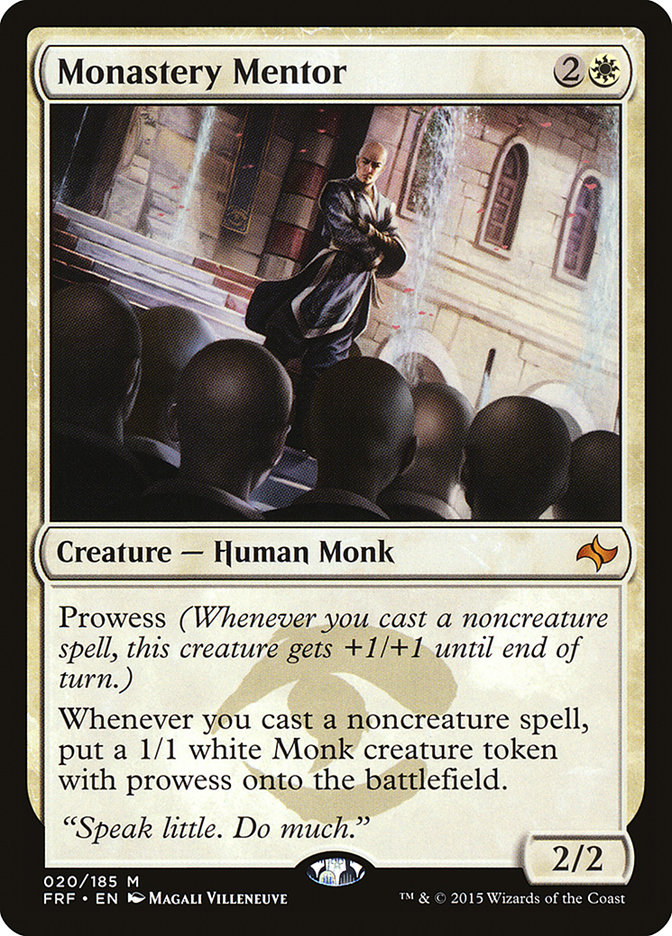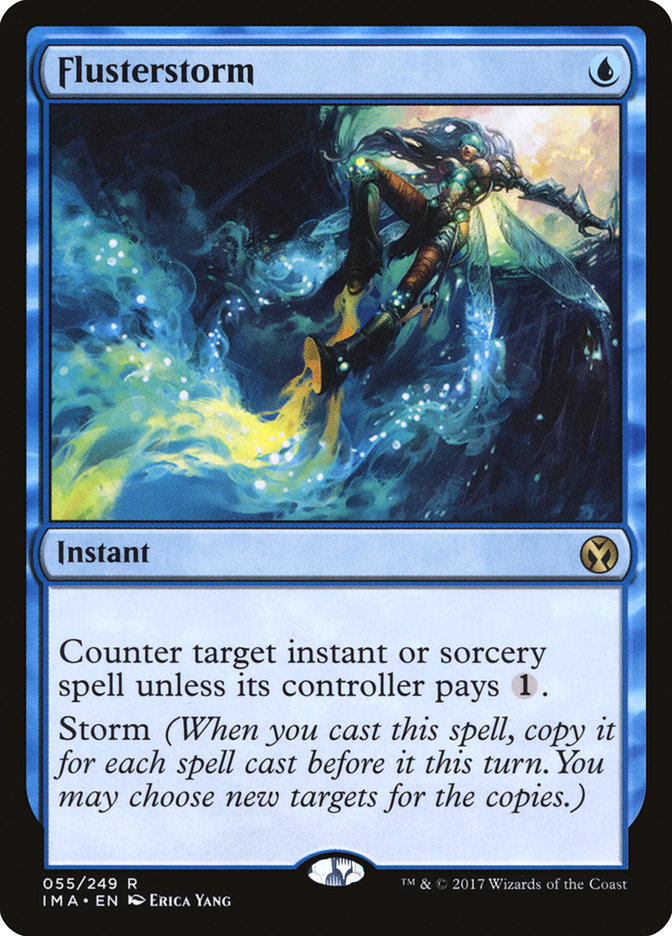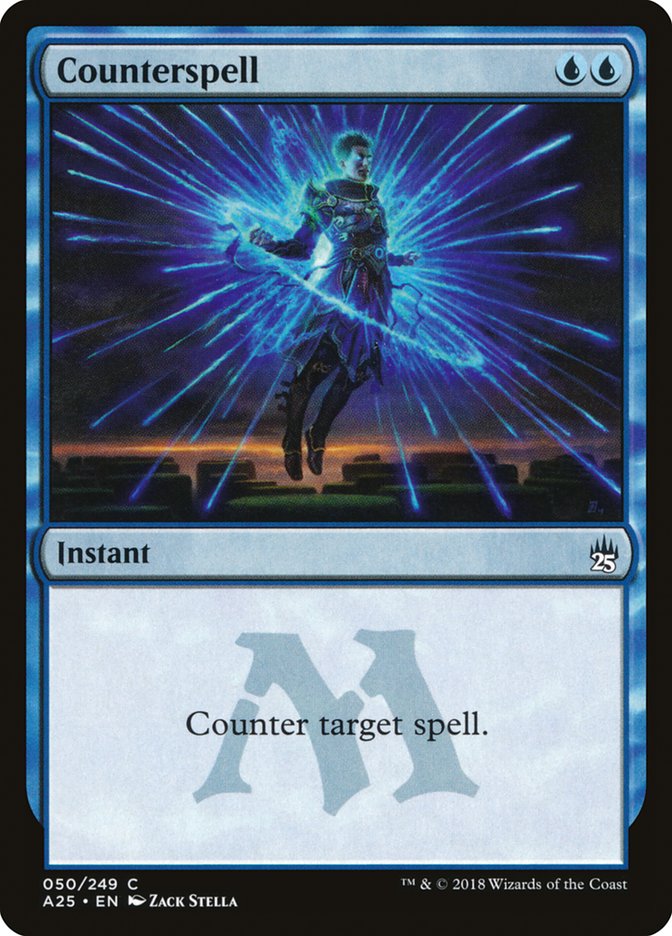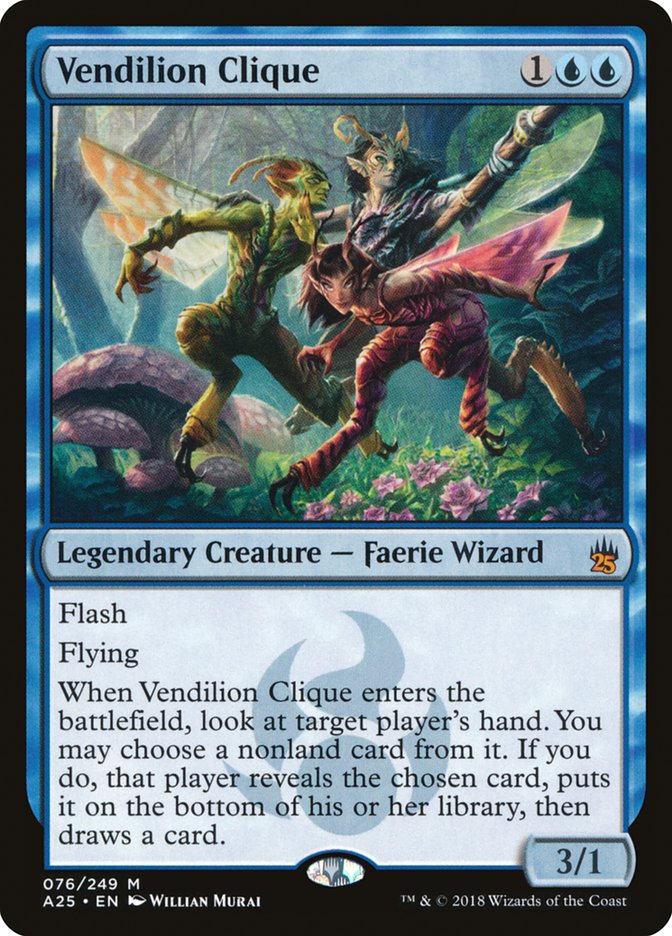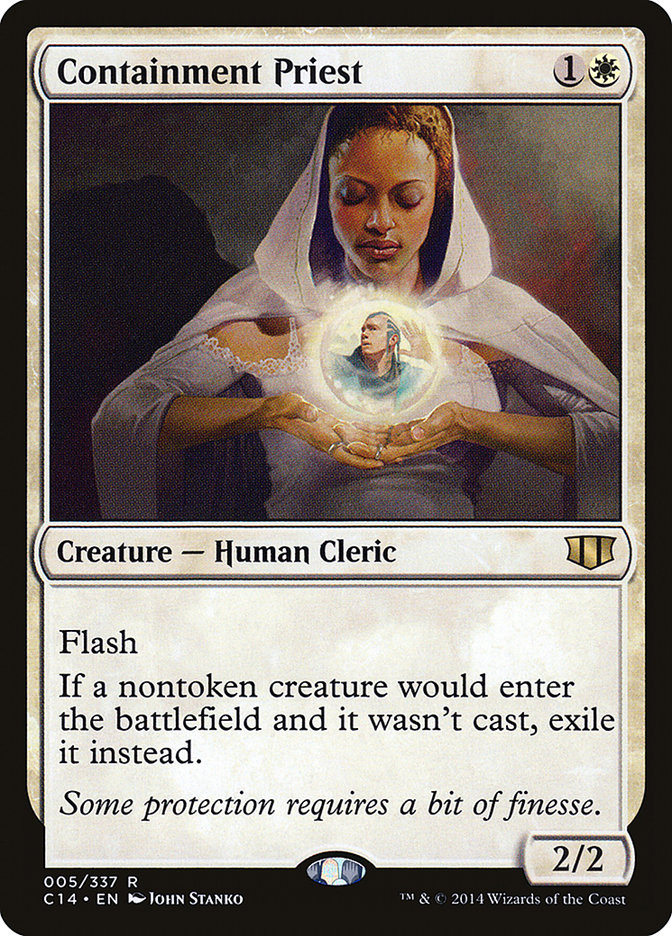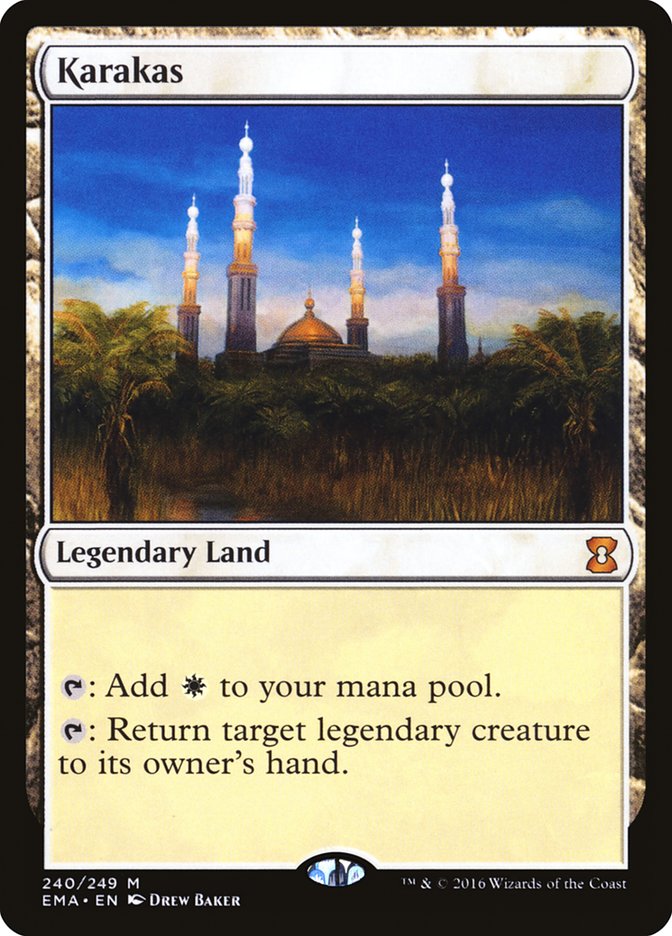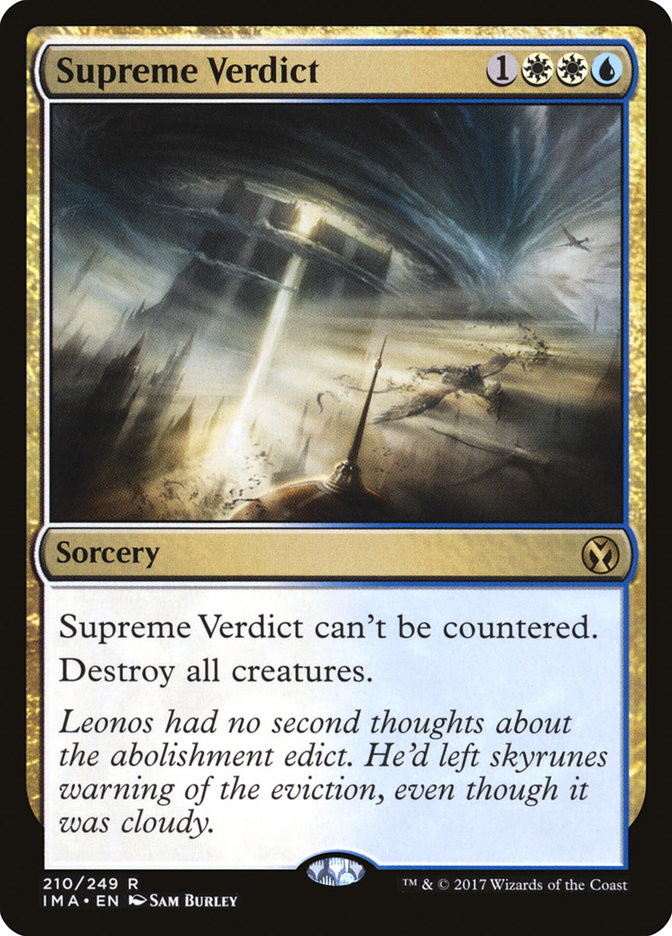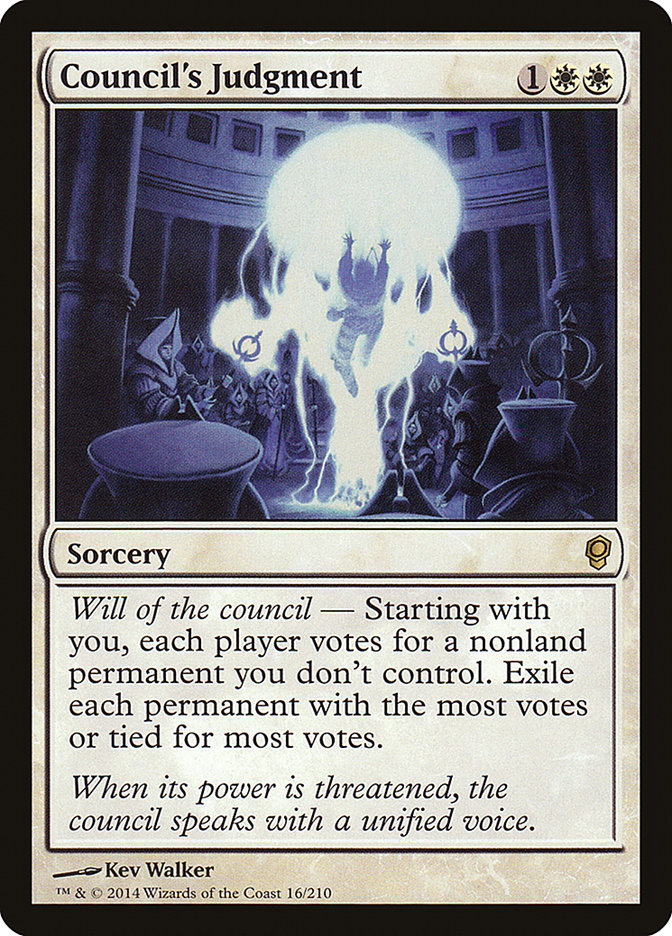People are always complaining about the Reserved List.
“Dual lands are too expensive!”
“$400 copies of Underground Sea are pricing people out of Legacy!”
“The Legacy format is going to die if people can’t afford to play!”
And you know what? I agree with them! But this is not an article about Magic finance or how the Reserved List is one of the worst things to ever happen to Magic. This article is about slaying sacred cows and looking at the Legacy format a little bit differently…

Okay, maybe not draft box lands… we can’t be completely uncivilized. But may I suggest these fantastic Portal basics available for less than a buck each from StarCityGames.com?
Just don’t use full-art basics of any kind; that stuff is totally played out.
Regardless of what basic lands you decide to use, one thing is for certain if you start putting basic lands onto the battlefield in a game of Legacy: it’ll be hard for your opponent to mess with them!
Aside from Force of Will, Wasteland is perhaps the single most important Legacy card that must be taken into account when building any deck or playing any game. Your opponents will be able to mess with your manabase, and if your deck can’t handle that, you are going to be in a world of trouble. This is especially important considering the stranglehold that Grixis Delver currently has on the format, taking up 30% of the Day 2 slots at #SCGWOR last weekend as well as an astounding half of the Top 8.
Creatures (15)
Lands (18)
Spells (27)

When combined with a fast clock and other soft disruptive elements like Daze and Spell Pierce, Wasteland is an absolute terror that has helped make Grixis Delver the scourge of the format. Grixis Delver’s bevy of interaction has put a real damper on the combo decks of the format, and even against decks like Lands or Three- and Four-Color Midrange, decks that should have good matchups against it, Grixis Delver can still leverage its good disruptive draws backed up by Wasteland to steal wins.
A lot of this can be traced to the unbelievable power of Deathrite Shaman, a card that has had a stranglehold on the format forever now and should no longer be legal, but again, that’s another hot take for another time.
(I’m going for the record for “most hot takes in the first 500 words of an article that are not directly related to the article’s main topic.” How am I doing?)
Do you know what’s great against Grixis Delver’s copies of Wasteland and soft counters?
Sometimes it’s just best to get back to the basics.
While slogging along before SCG Worcester, playing Grixis Delver mirrors and not enjoying playing Volcanic Island in my Deathrite Shaman deck, I came across this deck from a recent Magic Online Legacy Challenge:
Creatures (3)
Planeswalkers (3)
Lands (20)
Spells (34)

It was far from perfect, but it was intriguing.
Sensei’s Divining Top was previously the best card in U/W Miracles, so much so it was eventually banned. Truth be told, I never really enjoyed playing with the card. I played the classic U/W Miracles deck in one or two events, but the mechanics of needing to constantly activate Sensei’s Divining Top over and over again perfectly was highly taxing and even more annoying. The prospect of getting to play the good elements of Miracles – lots of basic lands, Terminus; Jace, the Mind Sculptor; Snapcaster Mage, and good fair matchups while still having game in unfair matchups – without needing to deal with Sensei’s Divining Top was appealing.
While we went 4-1 in the Magic Online League, there were some serious issues.
For starters, the deck was about a grand too heavy in the dual land department. Considering that bob125281 was willing to go as far as play a Back to Basics in his deck, it’s very clear that one of the big draws to the deck is the basic land-heavy manabase. The problem is that it’s halfway done. With four duals in our deck, we’re going to naturally draw them fairly often, exposing ourselves to the Wastelands we are trying to avoid.
Volcanic Island in particular allows us access to the excellent Pyroblast in the sideboard, but the cost is steep. Most Three- and Four-Color Midrange decks that we’re going to want it against play Wasteland, which means trying to fetch it to deal with their Jace, the Mind Sculptor and counterspells is a risky proposition. Pyroblast only really shines in the mirror, which isn’t prevalent enough to be worth the hassle of playing Volcanic Island.
Two copies of Counterbalance has been fairly common in these Sensei’s Divining Top-less Miracle decks, which seems patently absurd. Yes, you can successfully use Counterbalance to counter spells in this deck. However, it usually requires you to already have a Jace, the Mind Sculptor active, as your copies of Brainstorm are already stretched very thin. Counterbalance also isn’t simple to cast, as we’ll want one or two basic Plains in the early game.
Without Sensei’s Divining Top, Miracles can’t be a super-long-game lockdown deck, so don’t try to make it that.
Speaking of win-more cards that are too much effort to set up without Sensei’s Divining Top, Entreat the Angels is far too awkward to want to play either. Our copies of Brainstorm, Ponder, and Portent (more on that later) are already working overtime, and trying to set up a good Entreat the Angels at an opportune time is just too much to ask. The ceiling on Counterbalance and Entreat the Angels is high, but the floor is far too low for me to be interested.
Preordain is a great Magic card, but Portent is almost strictly better in this deck. Not only does it do a better job of setting up the top cards of our library over a few turns, but the normally annoying delayed draw trigger is actually a very nice way to trigger Terminus on our opponent’s turn.
With these lessons learned and a fairly quick turnaround, we ended up here:
Creatures (5)
Planeswalkers (3)
Lands (20)
Spells (32)

The biggest change is recognizing that this is no longer a super-long-game control/lock deck. We aren’t necessarily trying to play 30 turns every game; rather we are interested in presenting good threats while disrupting our opponent. Our threats don’t have to be traditional Tarmogoyf-style “kill you” cards, as Jace, the Mind Sculptor and Back to Basics also fit the bill.
Perhaps the biggest change to the deck was the move towards an almost completely basic land manabase to go alongside two maindeck Back to Basics.
Back to Basics is awesome.
With almost no collateral damage from Back to Basics because we already want to be playing as many basic lands as possible, Back to Basics ends up being a one-sided Armageddon against a large portion of the format. The many Delver of Secrets decks as well as all of the midrange Deathrite Shaman decks (in other words, half the format) almost universally play zero basic lands, although occasionally the very slow versions of the deck will have one or two.
Back to Basics is obviously backbreaking against Lands, fantastic against Colorless Eldrazi, and fine against the combo decks as an often double Stone Rain. It’s also not too hard to find a use for it in the matchups where it isn’t good, either shuffling it away with our various Brainstorm / Ponder effects or just pitching it to Force of Will.
With our large host of answers, it’s not hard to land a Back to Basics, deal with a few straggler threats, and completely lock our opponents out of the game.
Further in line with playing more of a threat-based strategy, Monastery Mentor fits right in as another powerful threat that’s also good at controlling the game as well. We do lose the awesome synergy of flipping two Sensei’s Divining Tops over and over again to make an instant huge army, but Monastery Mentor is a potent card that threatens to take over any game where you untap with it. Even if you cast it, cast a Ponder, and Swords to Plowshares in response to it being killed, the tokens have a lot of value.
With our much higher density of powerful threats we want to resolve, Flusterstorm’s value increases drastically. Flusterstorm’s value is at its highest when it’s being used to force your spells through opposing countermagic. The storm count will always be at a minimum of three when used in this manner, which makes it hard for them to win counterwars. This leads to more resolved copies of Back to Basics, Monastery Mentor, and Jace, the Mind Sculptor, and therefore more wins. Flusterstorm is also great at defending Monastery Mentor from removal.
Having maindeck Flusterstorms also provides an additional hedge against combo decks, which we are a little soft to in Game 1 with all of our copies of Swords to Plowshares and Terminus.
It is exceedingly important to find your first copy of Swords to Plowshares to answer your opponent’s early creatures and flash back with Snapcaster Mage, so Path to Exile ends up being our fifth copy. Its downside is irrelevant in a lot of matchups, and while it’s not ideal, it does the job.
Counterspell and Search for Azcanta both seem to make sense when you think about how the old U/W Miracles decks used to work, but they end up being awkward in our newer, more threat-dense version of the deck.
Counterspell is often difficult to cast and a poor answer to our opponent’s threats, while Flusterstorm does a much better job of protecting our own threats. It’s never bad, but it’s never really that good either, and the inflexibility of its mana cost really hurts its playability.
Search for Azcanta is a fantastic Magic card, but it is awkward with Back to Basics and against Wasteland. With so much of the metagame being taken up by decks that utilize Wasteland and/or fold to Back to Basics, Search for Azcanta ends up being effective in a small enough portion of our matchups that we would rather have it in the sideboard. We don’t want to see it locked under our own Back to Basics or just making our opponent’s worthless copies of Wasteland useful.
With all of these lessons learned from my fourth-place finish at #SCGWOR, we end up with this new and updated list:
Creatures (6)
Planeswalkers (3)
Lands (20)
Spells (31)

Our maindeck is much more threat-focused, taking advantage of our basic lands being safe, which allows us to easily play around Wasteland and Daze. We also have a nice suite of removal spells and answers as well.
A quick look at our sideboard shows it shoring up the less common matchups in the metagame.
Against combo decks we are able to cut our dead removal and become much more interested in interacting with the stack while also providing additional threats to their ability to kill us. Azcanta, the Sunken Ruin will almost always provide enough gas to disrupt for the rest of the game, while Vendilion Clique gives us a quick and disruptive threat.
Against the Reanimator and Show and Tell-style decks we have a number of good tools, with Containment Priest being one of the best possible cards (also good against Elves and in a few other places). Karakas is an anti-Griselbrand / Emrakul tool that often ends up being a freeroll in matchups where we aren’t going to get Wastelanded and are bringing in Vendilion Clique.
We also get a bit more removal to round out our deck in the fair matchups, where we want to take out all of our copies of Force of Will. Supreme Verdict is exceptional against the Delver of Secrets decks while also being amazing against creature decks like Elves, Eldrazi, and Merfolk.
Basic Lands, Best Lands
All in all, U/W Miracles has me excited to play Legacy again.
The deck is a blast to play, has a good matchup against Delver of Secrets decks, and does a great job blanking one of the best cards in the format (Wasteland) while punishing all the format’s greedy manabases without needing to play some silly Blood Moon deck.
The deck features a lot of minutiae, as you really need to make sure you’re maximizing all of your Ponder and Brainstorm effects making it difficult to play, but is very rewarding with practice. Just remember that it’s not the old Miracles deck. We’re not trying to assemble Counterbalance lock and spin our Sensei’s Divining Top for 30 minutes. We’ve got threats and we want to resolve them.
Just make sure you pick nice basic lands!


